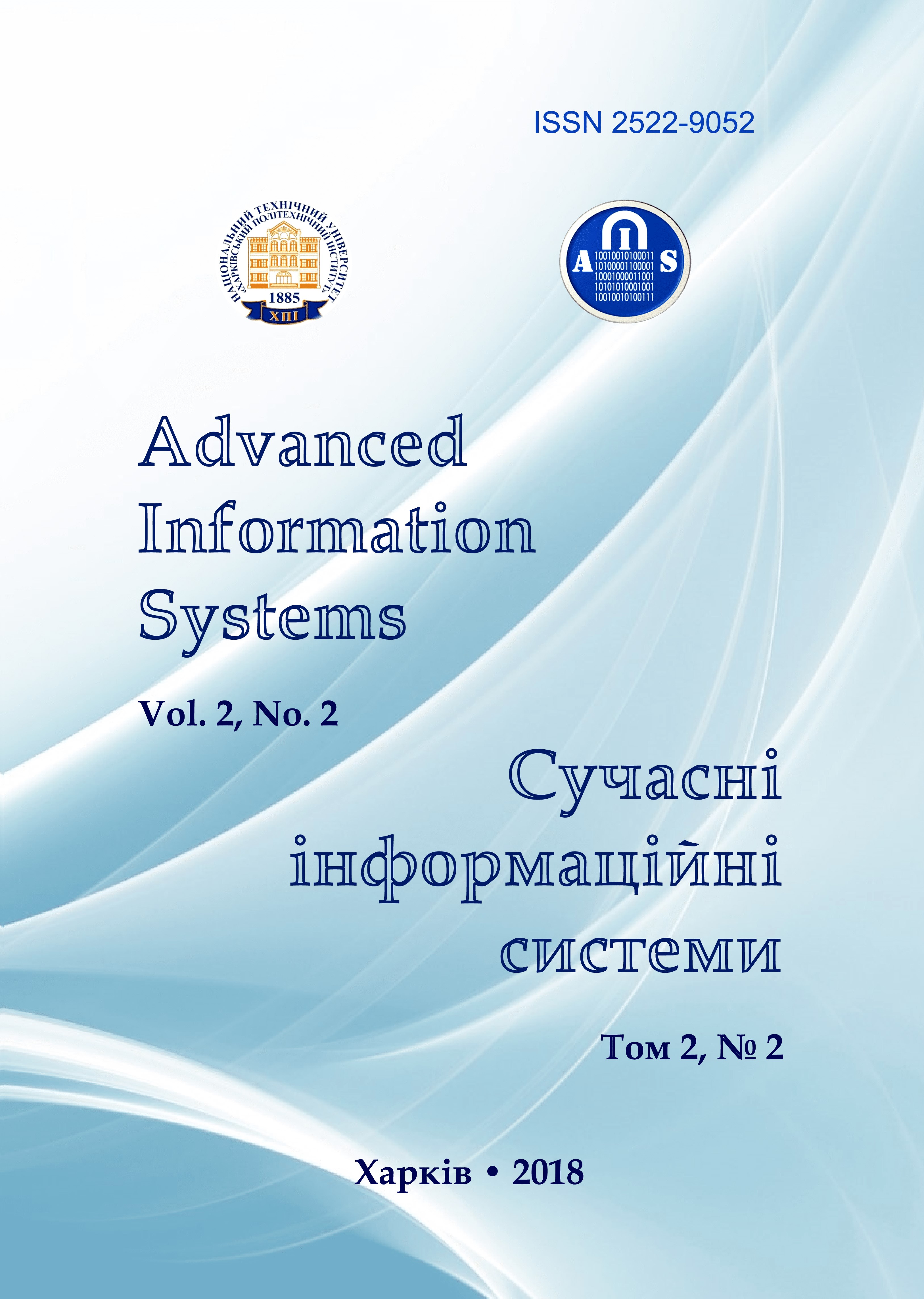Estimation of coverage factor of a wireless sensor network
Main Article Content
Abstract
The subject matter of the study in the article are the processes of synthesis of the topological structure of the wireless sensor network (WSN). The goal is to develop a simulation model for estimating the coverage factor of randomly located WSN nodes. The task: to carry out an estimation of the coverage factor by randomly located WSN nodes. The methods used are: simulation modeling, Monte Carlo method. The following results are obtained. According to the developed simulation model, the coverage factor of randomly located WSN nodes is evaluated depending on the side length of the flat area of the WSN location, the number of sensor nodes of the network, the radius of sensitivity and the communication radius of the node, taking into account and without taking into account the boundary effect. The developed simulation model also allows to determine the connectivity of the WSN. Conclusions. The scientific novelty of the results obtained is as follows: the simulation model for estimating the coverage factor of the WSN with a random arrangement of sensory nodes and monitoring the connectivity of the network has been improved. The results of the computational experiment make it possible to evaluate the coverage coefficient of a wireless sensor network for a different number of network nodes, the radius of sensitivity and the radius of communication of a node with and without the boundary effect.
Article Details
References
Kucheryavy, A.E., Prokopiev, A.V. and Kucheryavy, A.V. (2011), Self-organizing networks, Lubavitch, St.P., 312 p.
Shostak, A.V. (2017), “Evaluation of the probability of connectivity of a wireless sensor network”, Control, navigation and communication systems, No. 2 (42), pp. 158-160.
Xing, X., Wang, G. and Li, J. (2015), “A square-based coverage and connectivity probability model for WSNs”, International Journal of Sensor Networks, Vol. 19, No. 3/4, pp.161-170.
Sun, Z., Li, H., Chen, H. and Wei W. (2014), “Optimization coverage of wireless sensor networks based on energy saving”, International Journal of future generation communication and networking, Vol. 7, No. 4, pp. 35-48.
Ruban, I., Kuchuk, H. and Kovalenko A. (2017), “Redistribution of base stations load in mobile communication networks”, Innovative technologies and scientific solutions for industries, No. 1(1), pp. 75-81, available at: : http://dx.doi.org/10.30837/2522-9818.2017.1.075.
Denisenko, V.S. and Shostak, A.V. (2010), “Modification of the algorithm for constructing the shortest spanning tree for a wireless sensor network”, Information processing systems, No. 2 (83), pp. 75-77.
